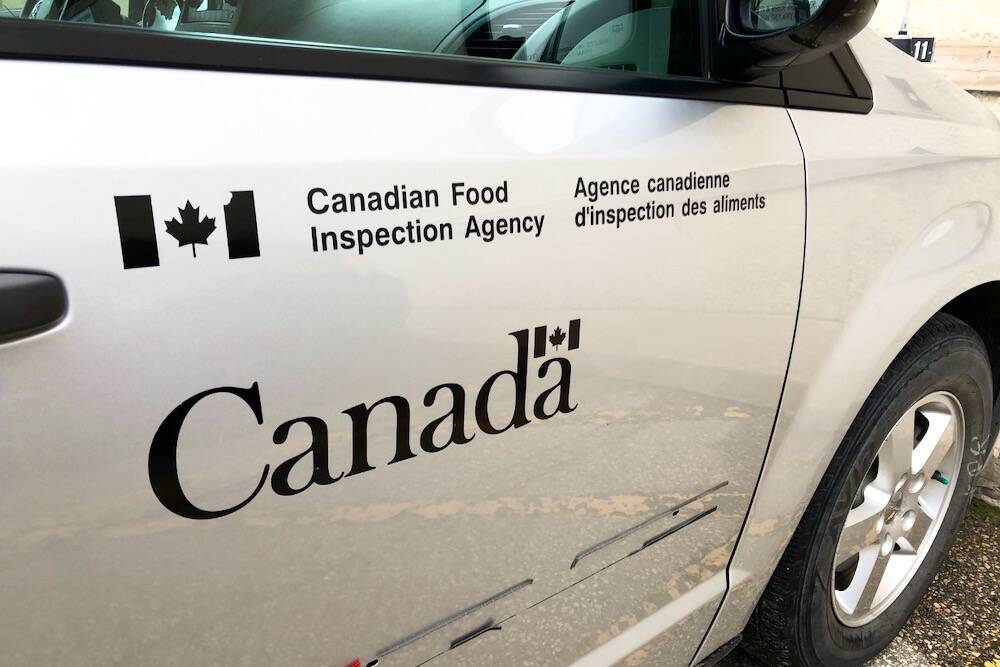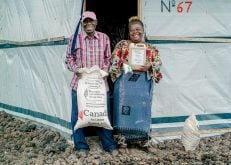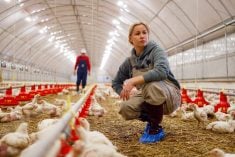Air drills, tractors, sprayers and combines were recognized Nov. 1 as the Big Four of agricultural innovations that led Saskatchewan to build a $6 billion grain industry.
The Prairie Agricultural Machinery Institute, based in Humboldt, Sask., celebrated 35 years of innovation by naming the equipment as critical tools in the industry and looking ahead to the future.
“To see where you are headed, you need to know where you’ve been,” said PAMI president Dave Gullacher. “Honouring the Big Four will give us a clearer picture of the path of modern agriculture.”
Read Also

B.C. ostriches culled, CFIA confirms
Ostriches on an embattled Edgewood, B.C. farm have been culled after a prolonged legal battle, the Canadian Food Inspection Agency has confirmed.
About 30 agricultural leaders then met to brainstorm about future farm technology and what research and innovation might be required.
Suggestions included increasing robotics in farm machinery, improved varieties of high-margin crops and genetic engineering to allow, for example, one crop to provide available nutrients for the following crop.
The leaders also said equipment should be easier to operate and maintain but still be efficient. They want farmers to have access to training and unbiased advice to help them with their increasingly complex industry. And, they believe the environmental impact of farming should be lowered.
Gullacher said in a news release these research goals would define Saskatchewan’s future.
The Saskatchewan government used the occasion to announce nearly $1 million in funding for PAMI and its Western Beef Development Centre.
The operating funds are to be used to continue research in machinery technology and beef, feed and forage research. Earlier this year, the province announced $480,000 in specific research project funding for PAMI and WBDC.















